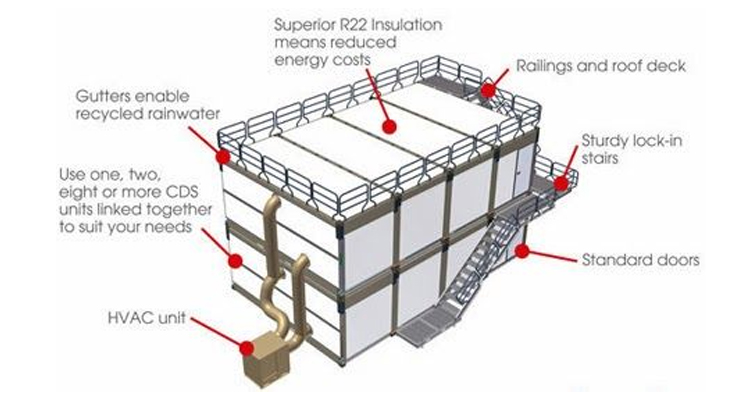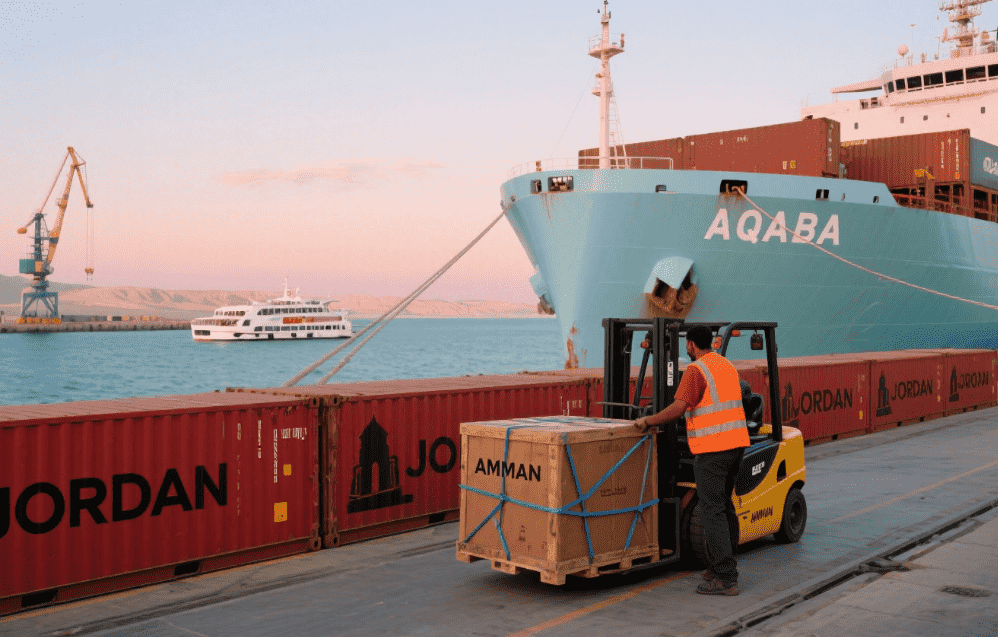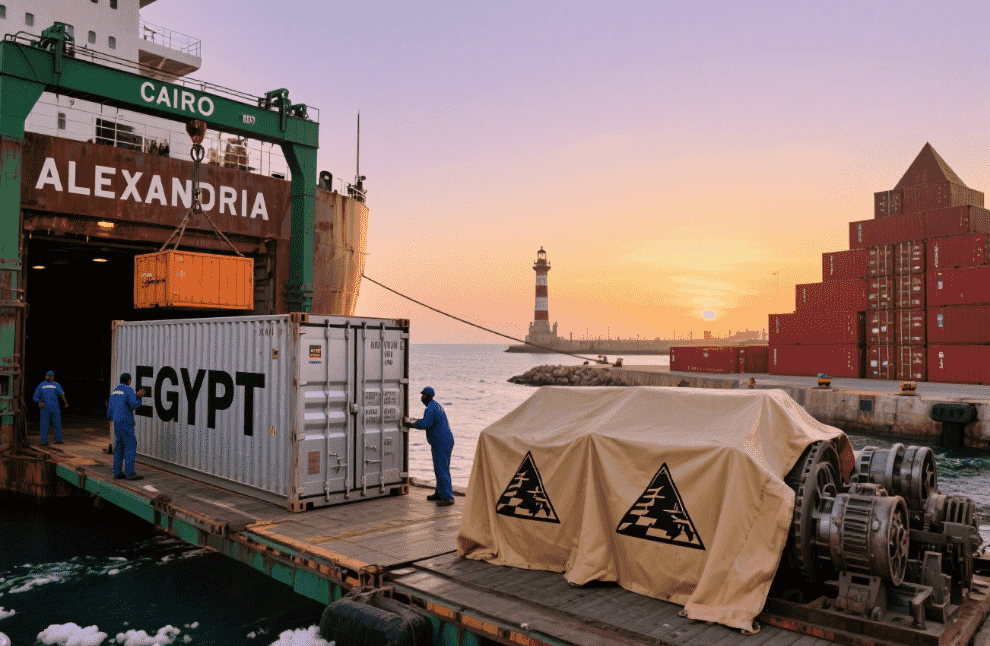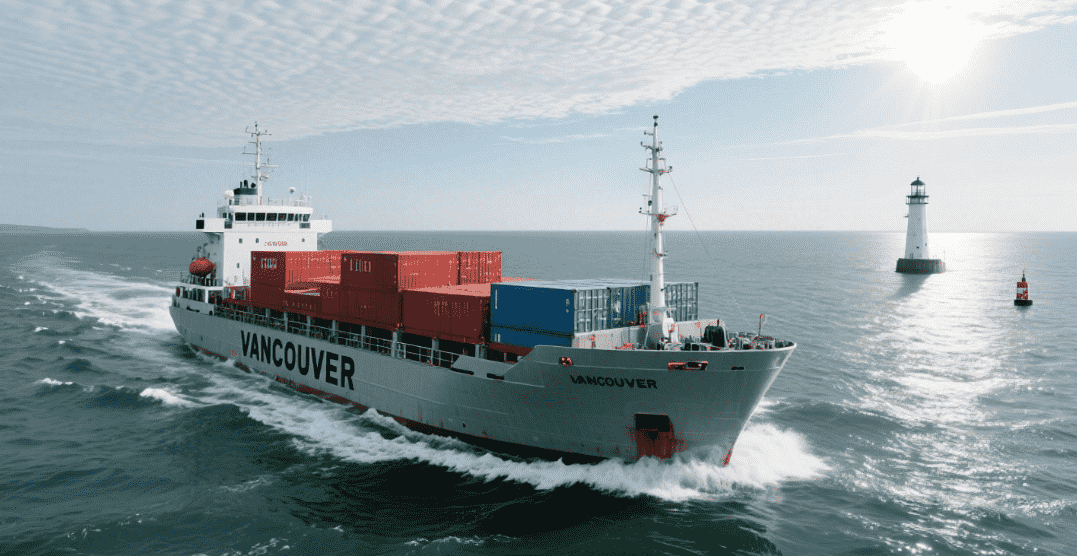
Whether you’re buying a container for shipping, to convert for residential use, for storage purposes, or for some other purpose, the process is not difficult. However, you should make sure you are purchasing from a reputable source, and that you are getting a good deal. Before purchasing a container, take steps to make sure you are getting the container you want for the best price.
1.Find the right grade. Containers come in several grades, which provides information about how the container was used before it went up for sale. What grade you needs depends on what you need it for.
"New" or "one-trip" containers have typically been made in China and then shipped directly to the United States. If you want to convert your container into a home, this is the best option, as it will be weather resistant, and have the least damage.
"Cargo-worthy" containers have been used a bit more, but are still in good condition, and could be used at sea again. Typically these will be wind and water tight, and, structurally speaking, would still be able to handle being shipped overseas.
"Wind and water tight" containers are those that are still able to keep out the elements, but have not been officially inspected in order to be declared “cargo-worthy”.
"As is" containers are those that may or may not be able to stand up to the elements, and may or may not have structural damage.
2.Decide between steel or aluminium. Different containers are made of different materials. All containers that were used for overseas shipping are made of steel, and are much stronger than their aluminium counterparts.
If you wish to live in the container, you will need to purchase a steel container, as these are much stronger and more durable (they were made for trips across the ocean, after all). However, if you only need it for a temporary storage solution, and aren’t worried about the weather, an aluminum container could suffice.
3.Consider Size and Space. Initially, you have to consider the size of the container you need. You need to have the container's physical space to occupy and space for the delivery truck to move. Trucks will have to move wide turns as well as a maneuver to set up your delivery securely. The truck itself is about 10' wide and requires a minimum of a foot on each side for 12' in total. The space for navigating the delivery is as follows: 20’container = 60′40’containers = 120′.
Containers also come in various sizes. You may want a larger or smaller container depending on what you need it for.
Containers range in length from 20 feet (6 meters) up to 53 feet (16 meters).
They range in height from 8 feet 6 inches (2.6 meters) up to 9 feet 6 inches (2.9 meters).
Width ranges are between 8 feet (2.4 meters) and 8 feet 6 inches (2.6 meters)
4.Consider the outside of the container. Some containers will come in a plain color, while some may have the logo of the company that used them for shipping goods. If you plan to repaint the container, it doesn’t matter much. However, if you don’t plan to repaint it, you should choose a container with a color and/or design you don’t mind looking at.
5.Consider what the container was used for. Some containers, for example, might have been used to transport goods with a very strong odor, such as animal hides. In this case, you may end up with a shipping container that is contaminated by a strong, foul odor.







